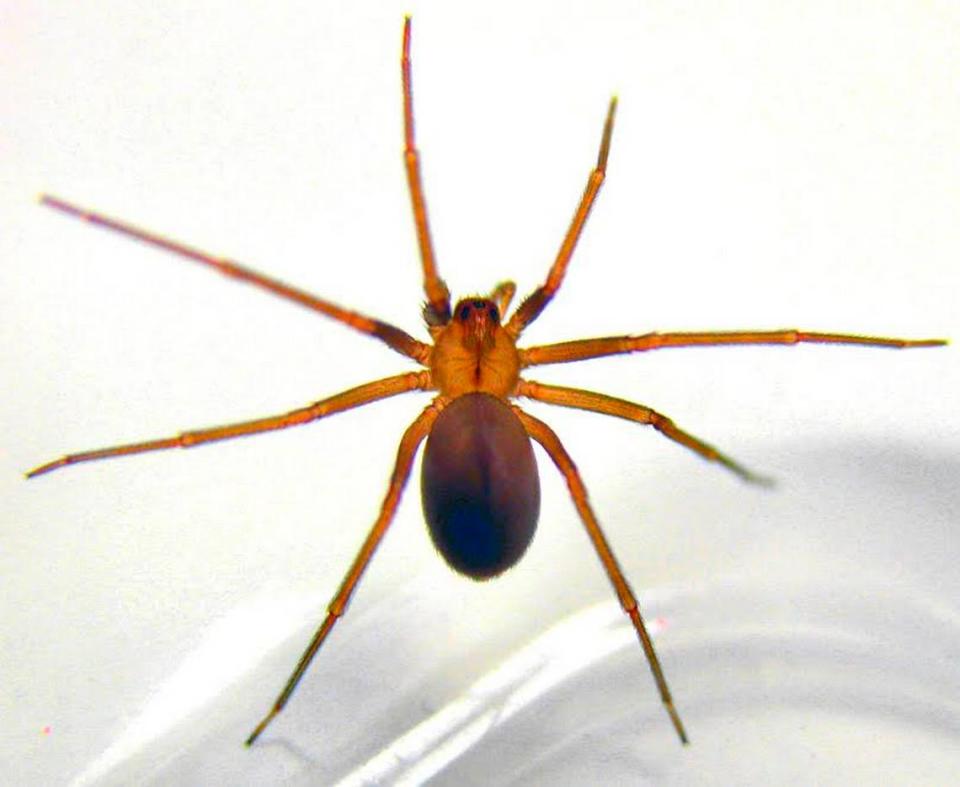Watch out! Here are 6 of the most dangerous critters in South Carolina
South Carolina has a variety of different regions from coastal marshes and wetlands to forests and rocky, mountainous terrain. Each of these comes with their own dangerous critters.
Here are six of the most dangerous creatures to watch out for in South Carolina.
American Alligator
American alligators are generally non-aggressive and observing them in their natural habitat ranks high on the list of South Carolina’s many attractions as they can be seen scattered throughout the state. South Carolina alligators are most aggressive between the months of April and June during their breeding season. It is important to remember to never feed an alligator. This is for the safety of the alligators as well as any person who may come across one of these large reptiles. Feeding an alligator triggers it to associate people with food, which can lead to dependency, lack of fear of people, and dangerous circumstances.
Brown Recluse Spider
The brown recluse spider is venomous, but bites are relatively uncommon. Adult brown recluse spiders can vary in size but are generally the size of a U.S. quarter when their legs are extended. These spiders are nocturnal and tend to avoid human interaction unless provoked or spooked.
“The bite of the brown recluse can arguably be worse than that of the black widow. The venom causes skin cells to die and decay in the area around the bite. This can lead to nasty infections and sometimes death. If you happen to see a brown recluse spider, consider yourself lucky and then call an exterminator immediately,” according to Cramer Pest Control.
Bull Shark
Bull sharks are highly aggressive and are vastly considered by experts to be the most dangerous sharks to humans due to their aggressive tendencies and impressive ability to adjust and migrate up rivers, according to the National Wildlife Federation.
These sharks live and migrate along the coast of South Carolina generally between the months of March through October. People are not generally on the menu for bull sharks, but they have been reported to attack out of curiosity or misunderstanding that the person is a distressed animal. Bull sharks are generally between 7 and 11 feet in length and can weigh between 200 to 500 pounds.
Cottonmouth
Cottonmouths are venomous, semi-aquatic snakes, also known as “water moccasins.” They have large, triangular heads and wide jowls due to their venom-filled glands. These snakes are large and typically range 24 - 48 inches in length, according to the University of Georgia’s Savannah River Ecology Laboratory.
These pit-vipers are strong swimmers generally found in or close to a body of water, which is where their prey resides. More mature snakes appear to be darker in color as their distinctive markings fade. Cottonmouth heads will be considerably thicker than its neck and have thick, short tails.
Eastern Diamondback Rattlesnake
The Eastern Diamondback Rattlesnake is the largest venomous snake in North America. Some of these snakes can even reach up to 8 feet in length. A bite from this rattlesnake is extremely painful and can be fatal if not treated quickly with the proper antivenom.
“Eastern diamondback rattlesnakes are well known for their rattle and painful, venomous bite, which can be fatal to humans. The toxin in their venom, called hemotoxin, kills red blood cells and causes tissue damage. That said, human deaths from rattlesnake bites are rare, because the antivenom is available throughout its range,” according to the Smithsonian’s National Zoo and Conservation Biology Institute.
Southern Copperhead Snake
The Copperhead is the Palmetto State’s most common venomous snake. They can be widely found throughout the state and can reach a length of 4 feet. Watching where you step is most important when dealing with these snakes in South Carolina, as they tend to blend in with their surroundings, usually in nearby pine straw and other forested or rocky areas.
They generally behave nocturnally during the warmer, summer months, but are more active during the daytime hours throughout the spring and fall as these are their courting and mating seasons. Females can birth up to 20 live young during the late summer or early fall, according to the North Carolina Wildlife Resources Commission.
Other venomous snakes in South Carolina include the Coral Snake, Pigmy Rattlesnake, and the Timber Rattlesnake.


